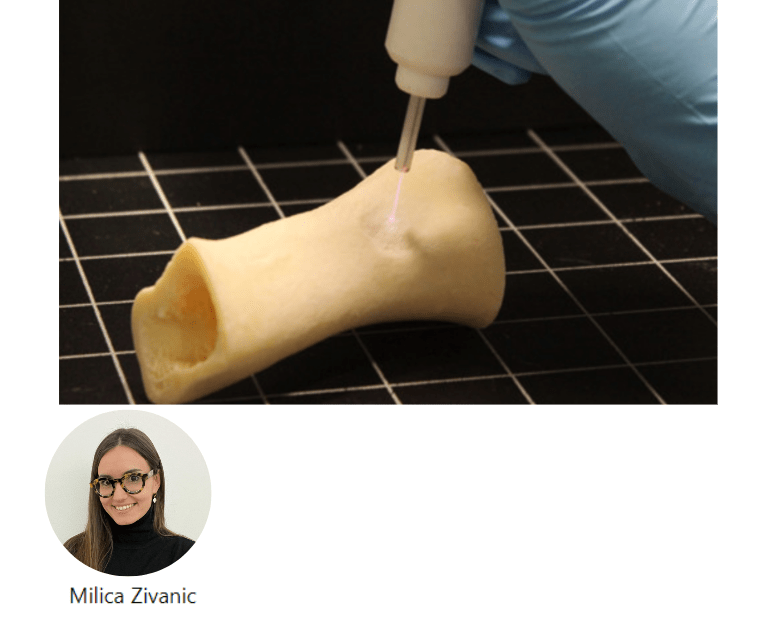Plasma is often found in the universe (stars) where high temperatures and pressures are very common. However, scientists have found a way to generate weakly ionized plasma at near-room temperature and atmospheric pressure. Such plasma is called cold atmospheric plasma and is safe to be applied directly to the cells and tissues. In the last decades, cold plasma has found numerous medically relevant uses, from wound healing and disinfection to cancer treatment. Despite its promise, plasma is facing different clinical limitations.
Currently, there are two plasma treatment modalities: direct treatment and plasma-treated liquids. In direct treatment, the treatment target is directly exposed to a source of plasma, which is not very convenient for the treatment of internal tumors as it would require surgery. On the other hand, plasma-treated liquids can be injected to treat internal tumors in a non-invasive manner. However, liquids may be quickly diluted and washed away by the body liquids.
Hydrogels may allow to combine plasma technology with tissue-engineering or drug delivery to broaden and improve clinical utility of plasma technology in the future.
© 2024 Research Centre for Biomedical Engineering Diseño web WordPress



